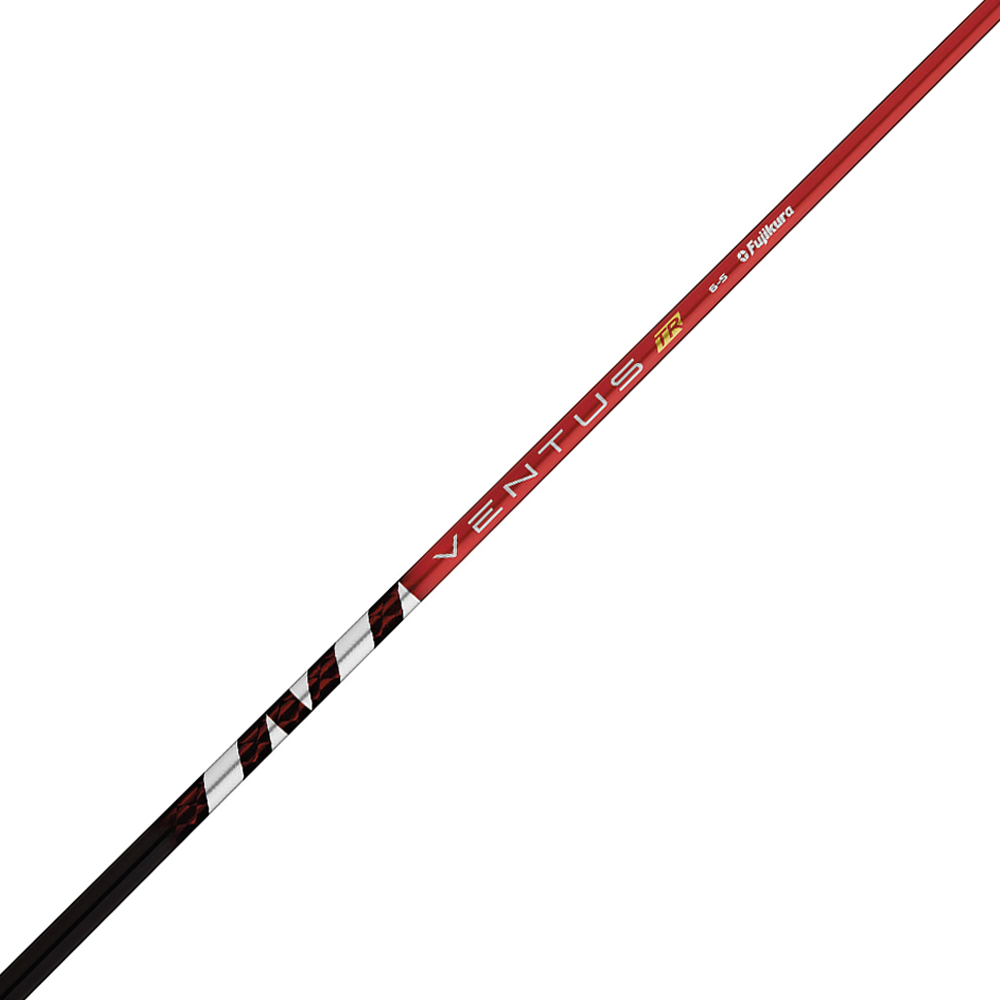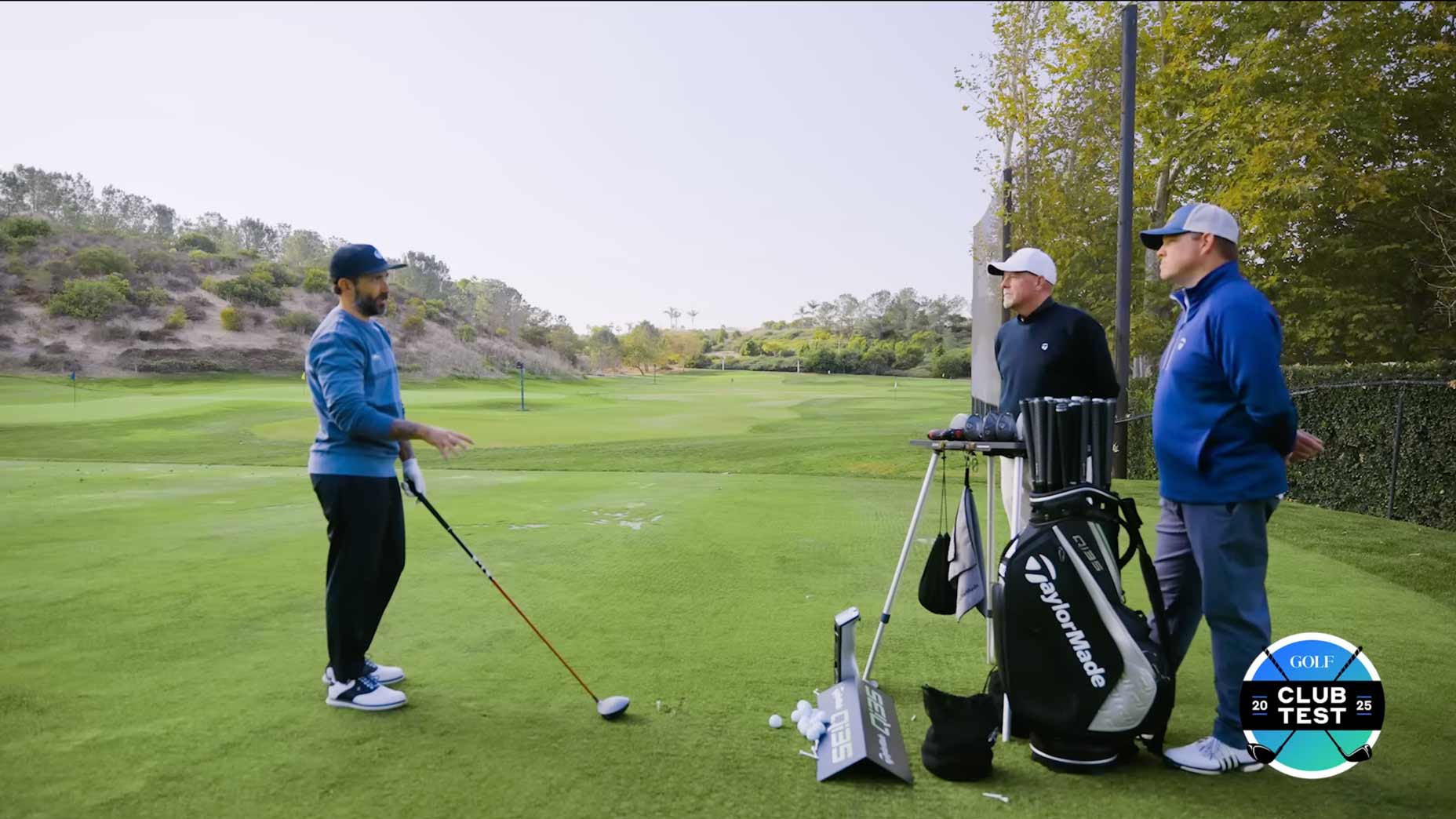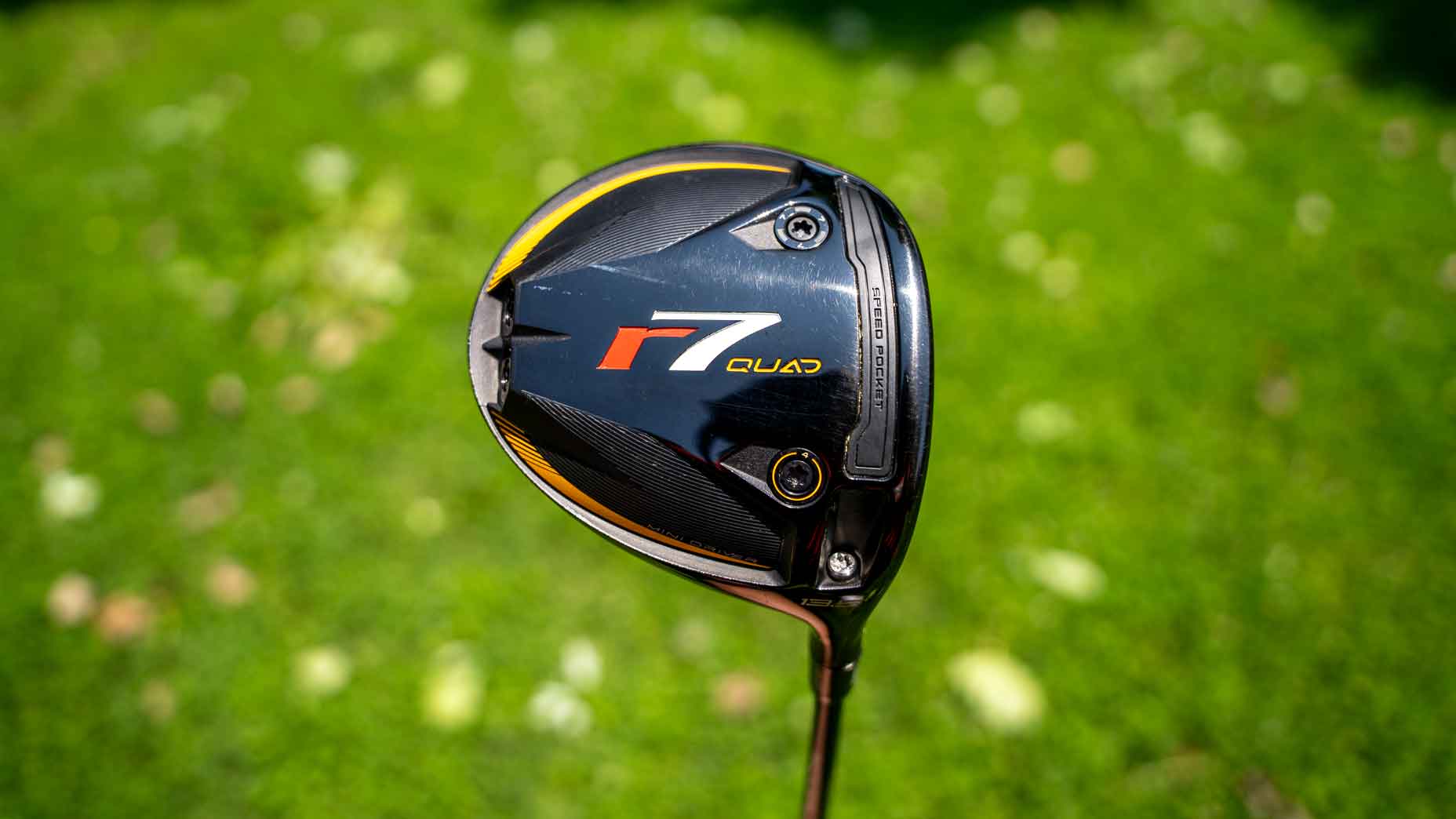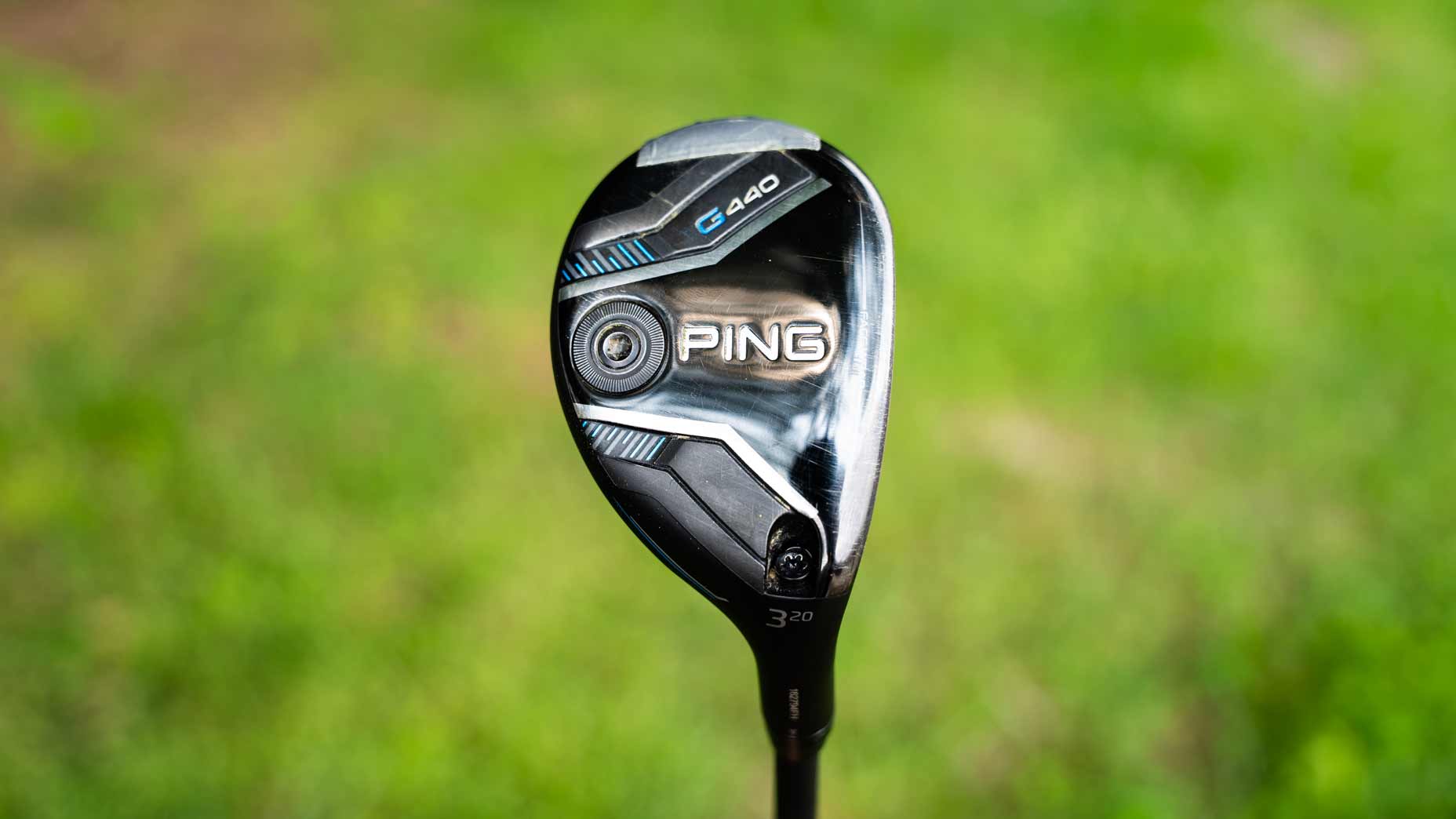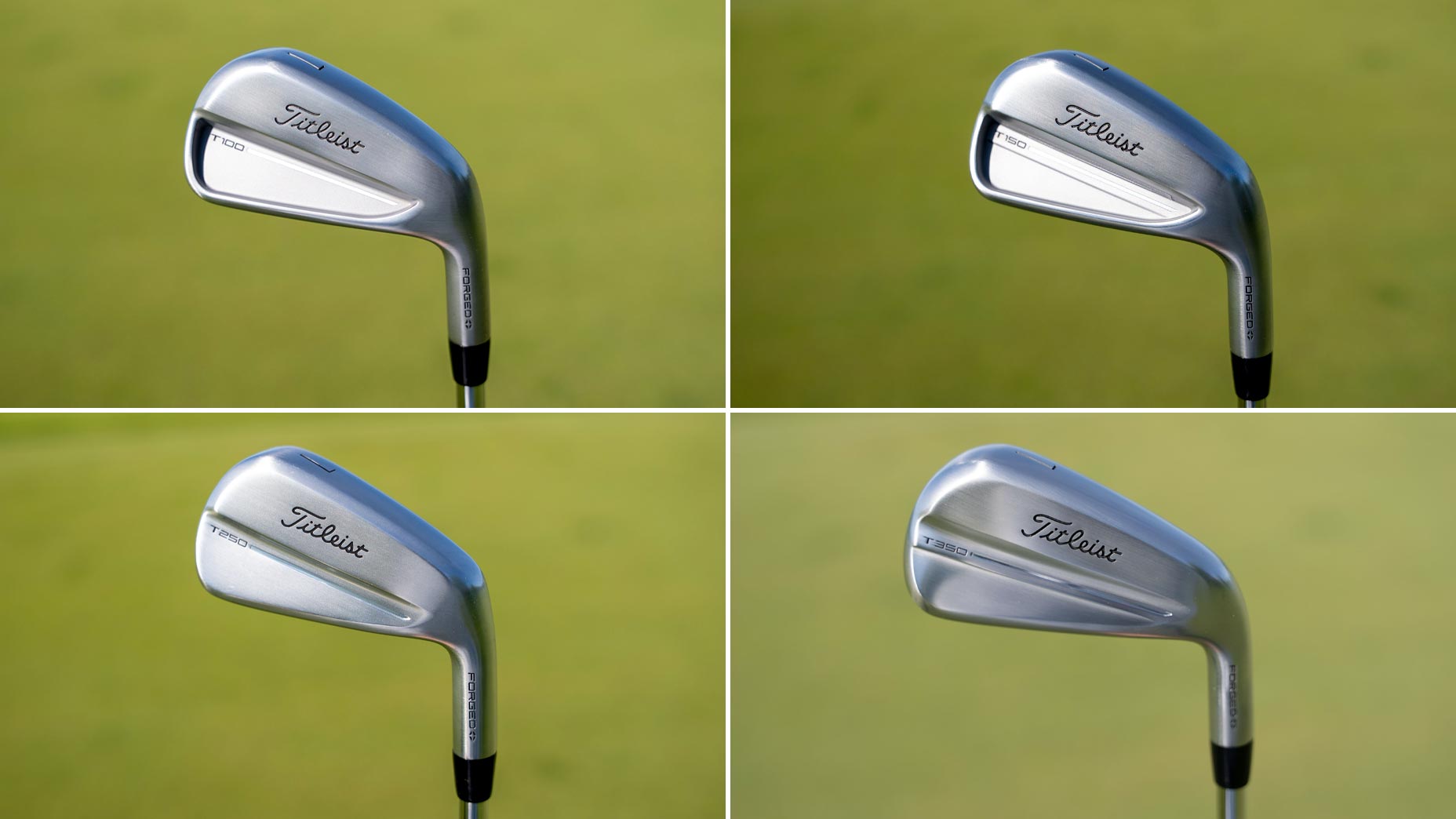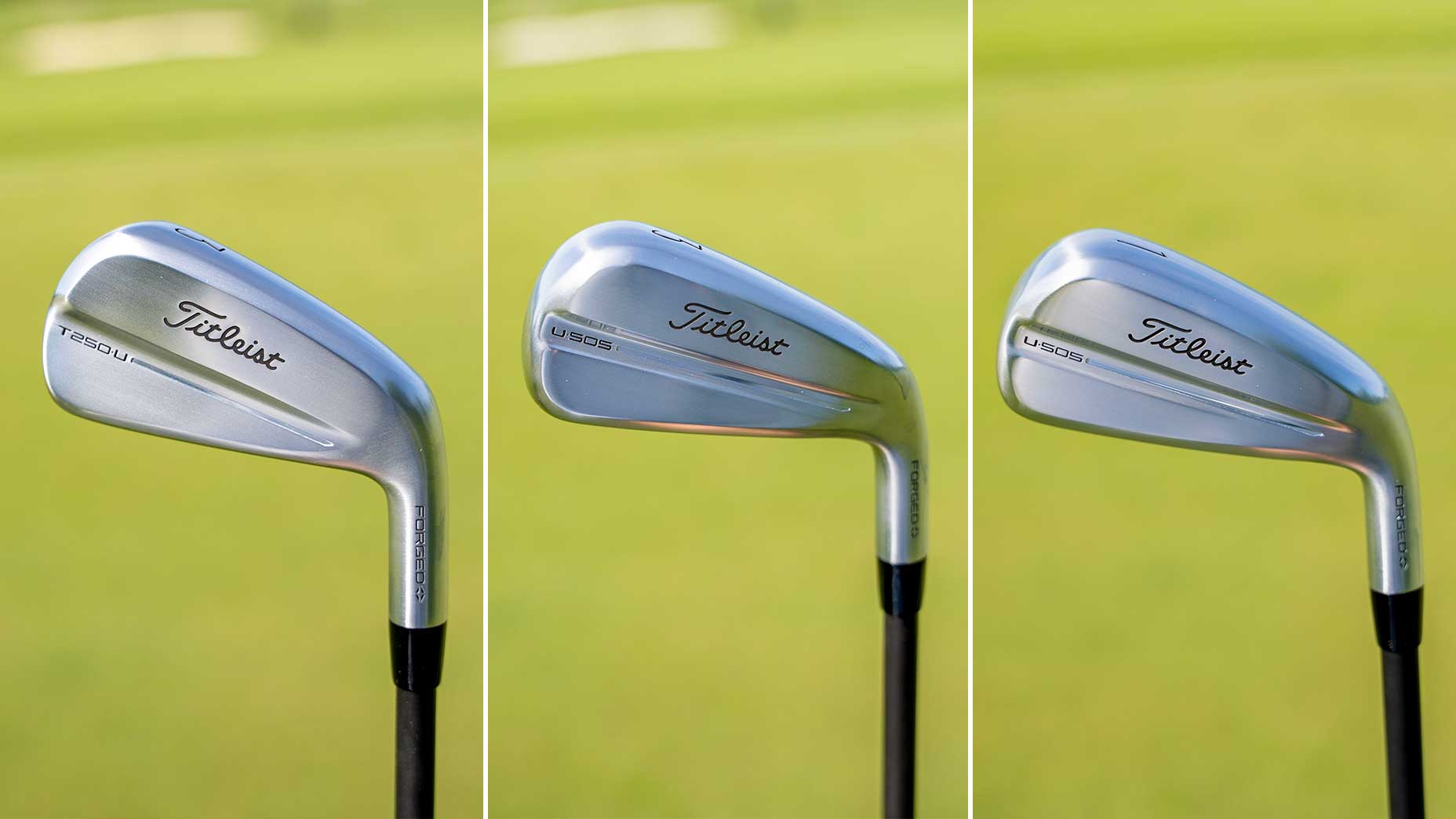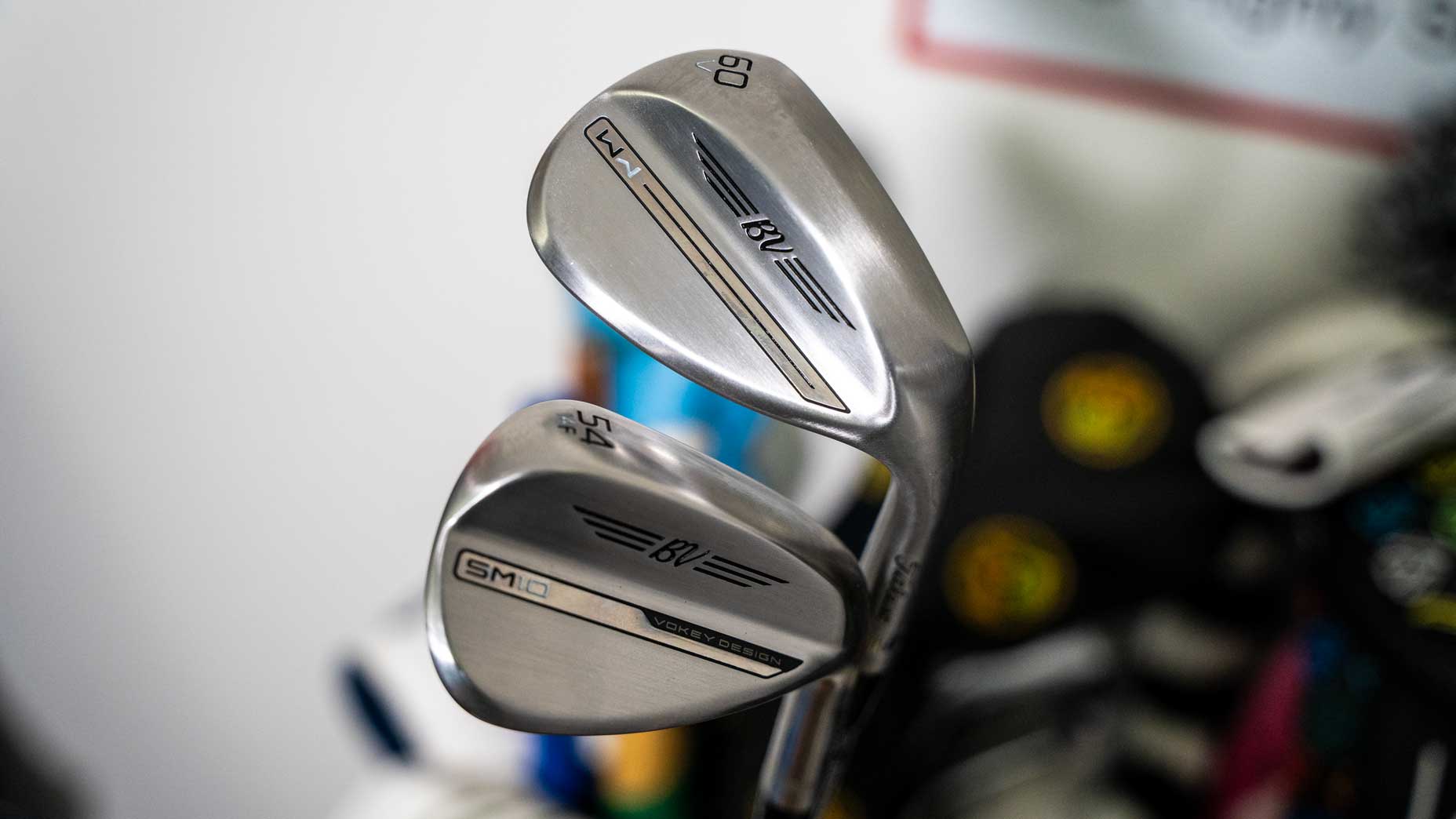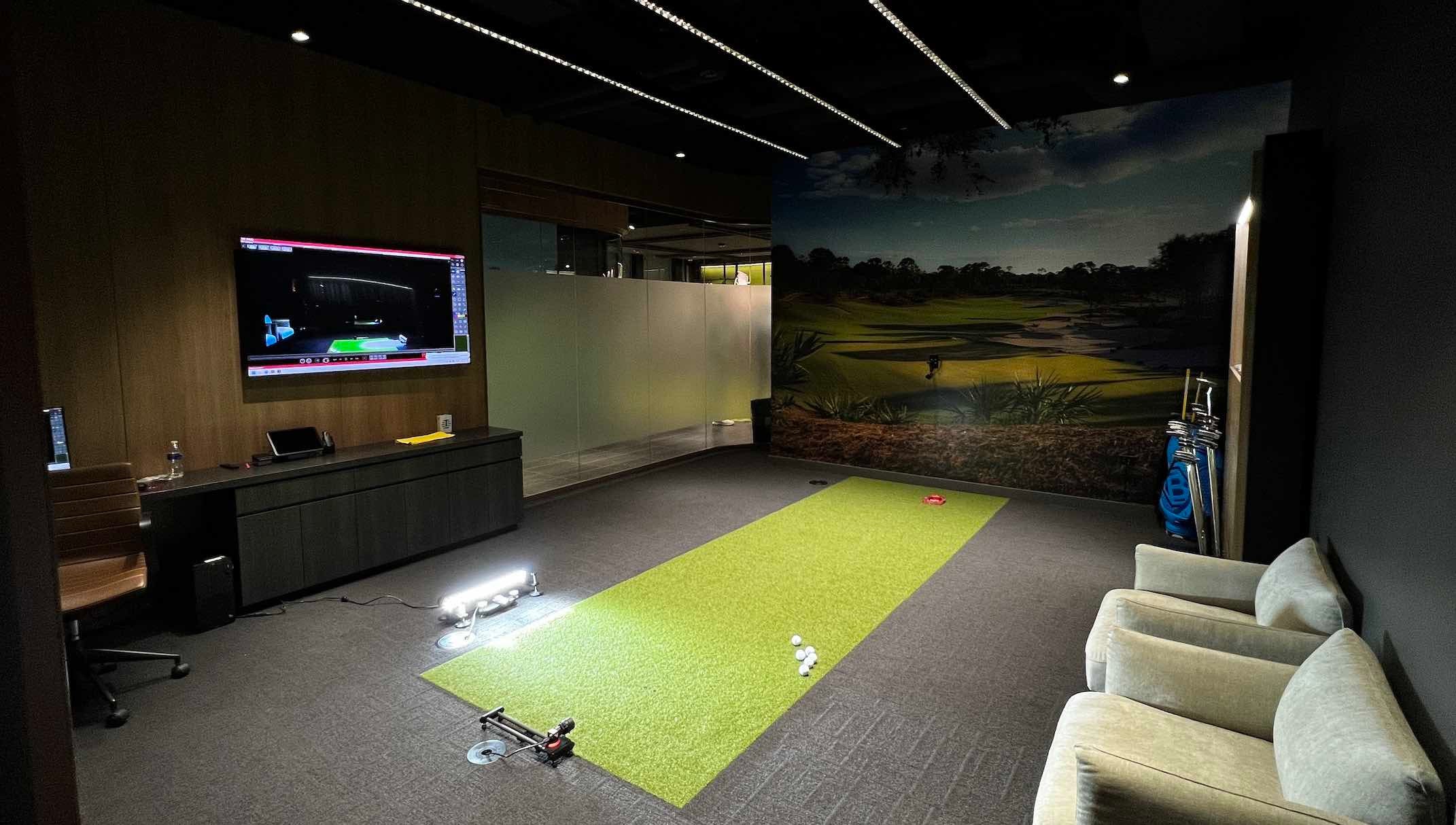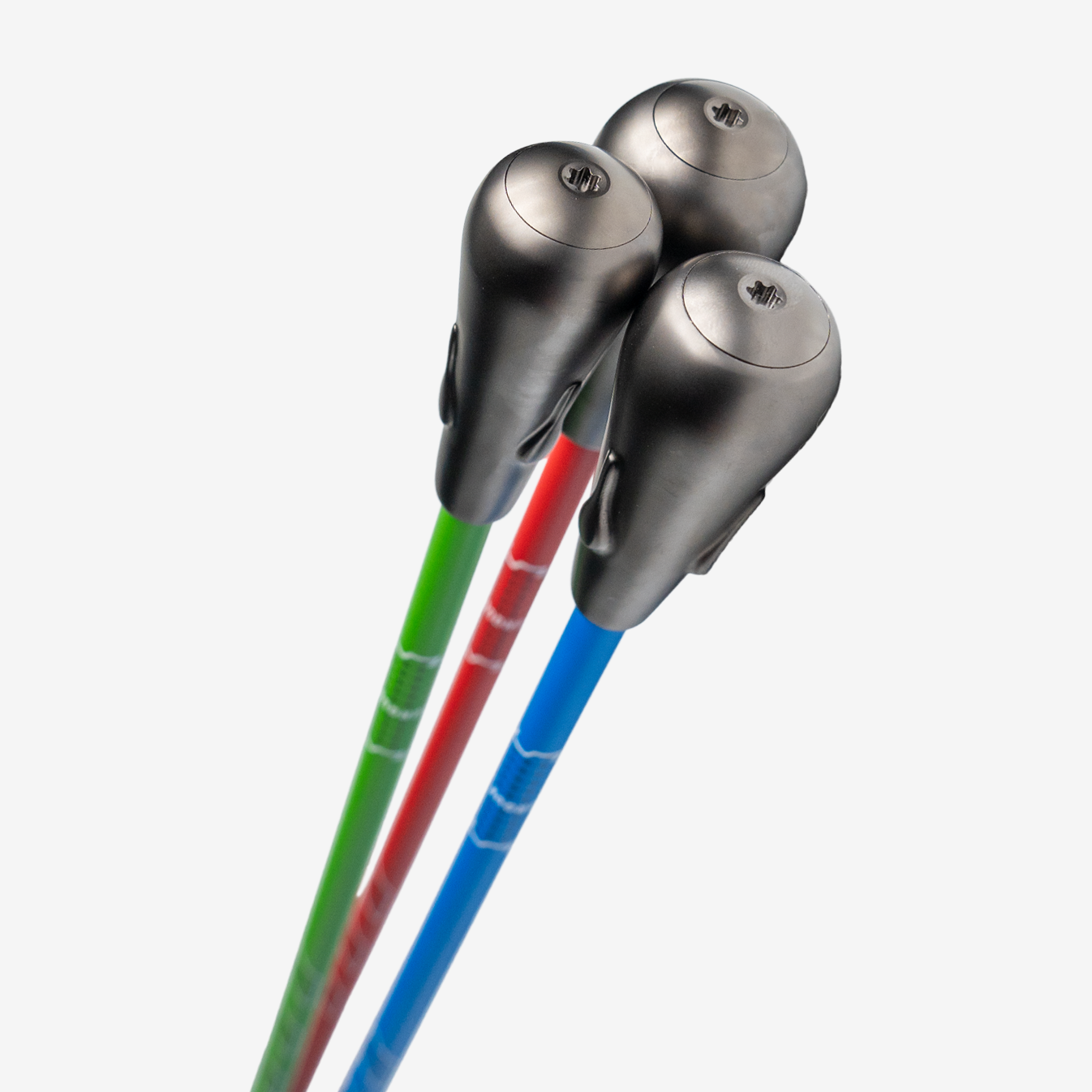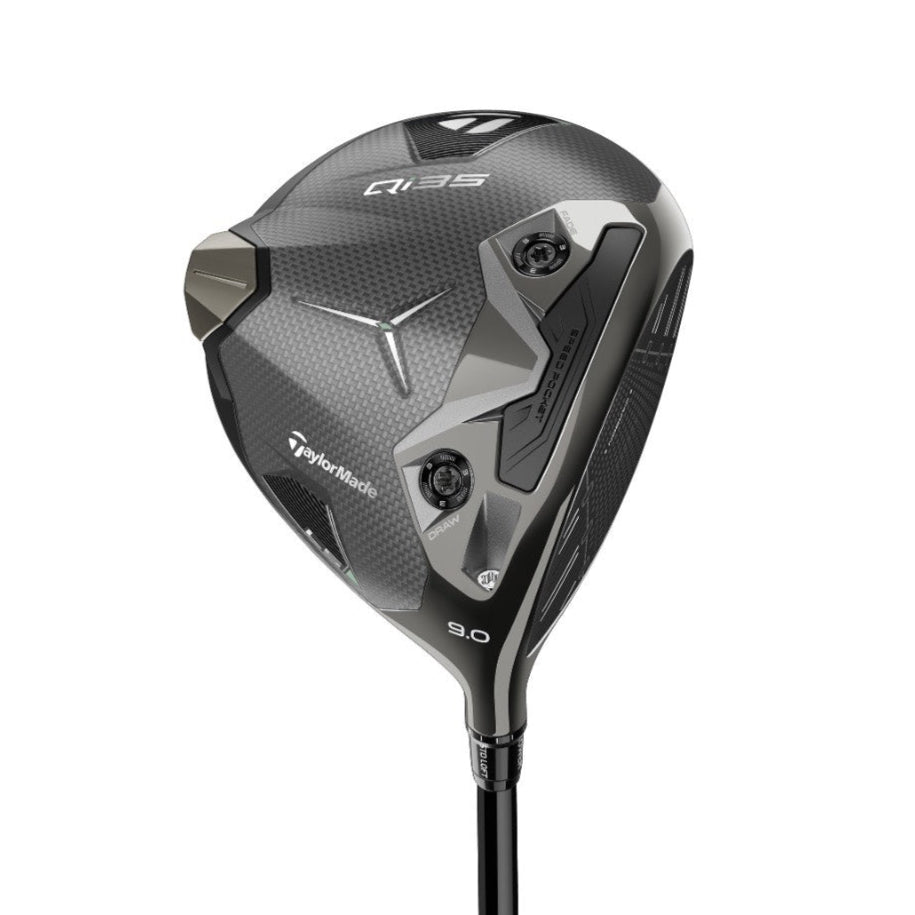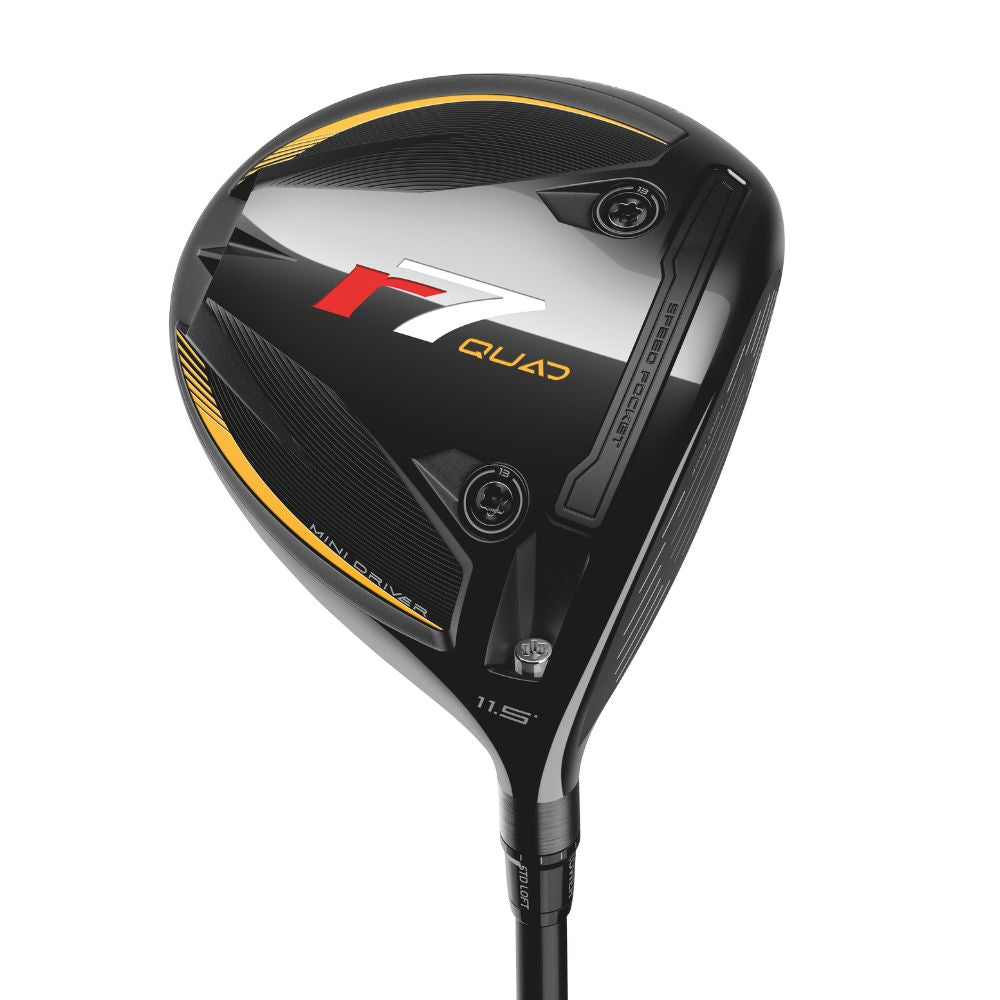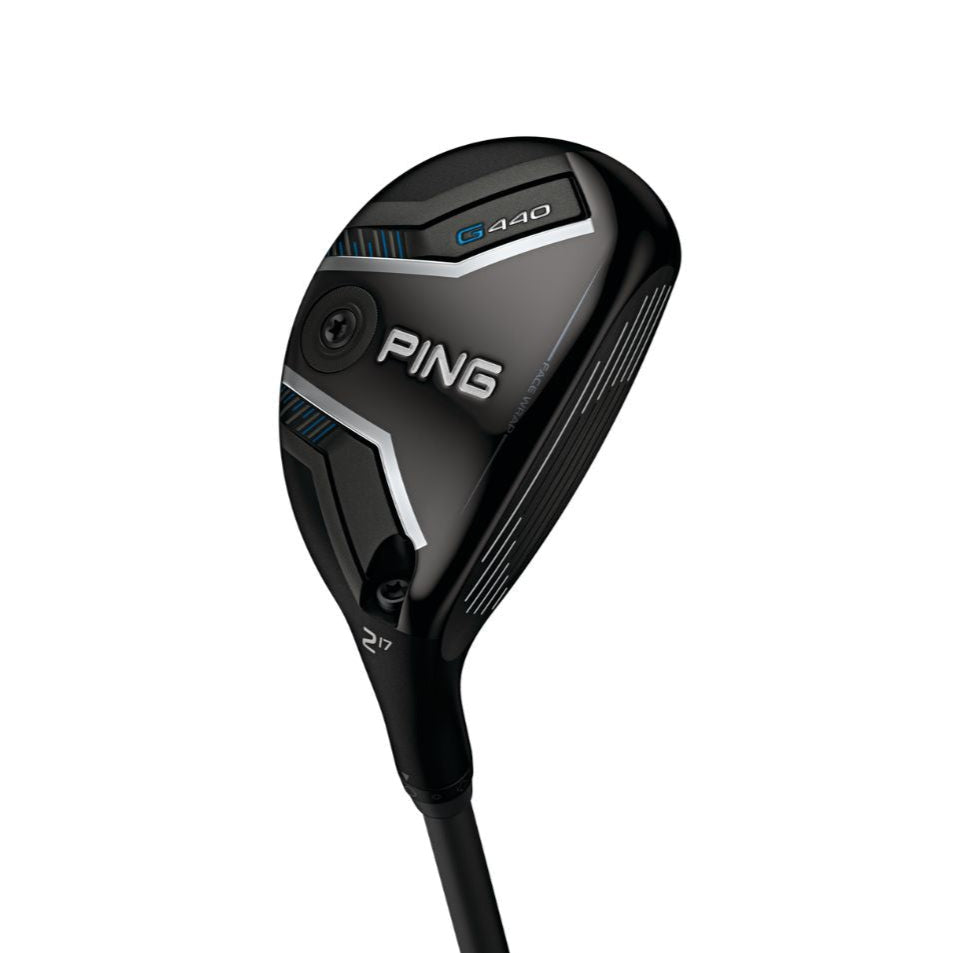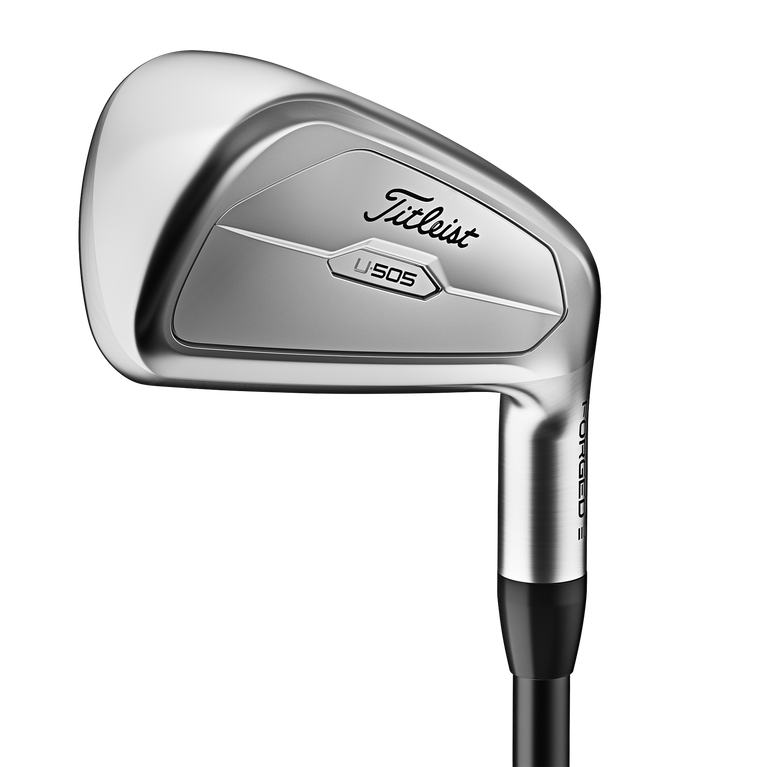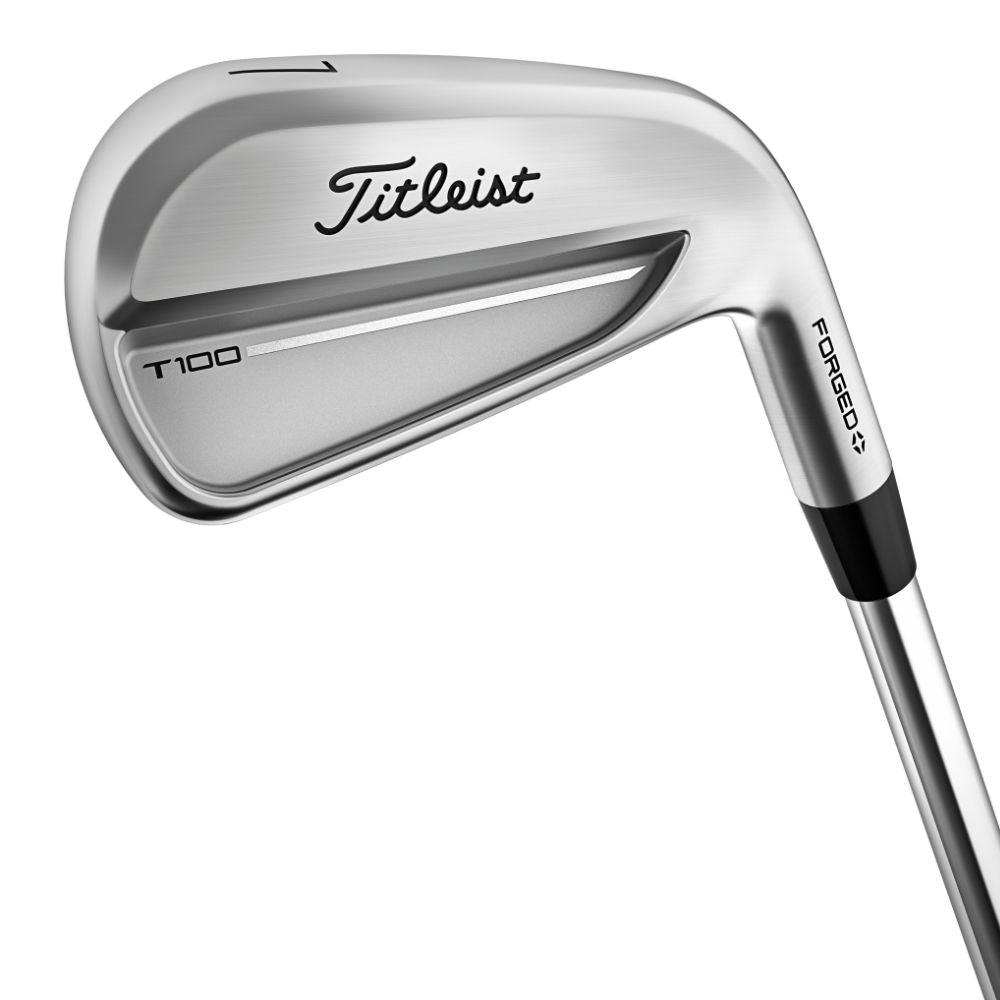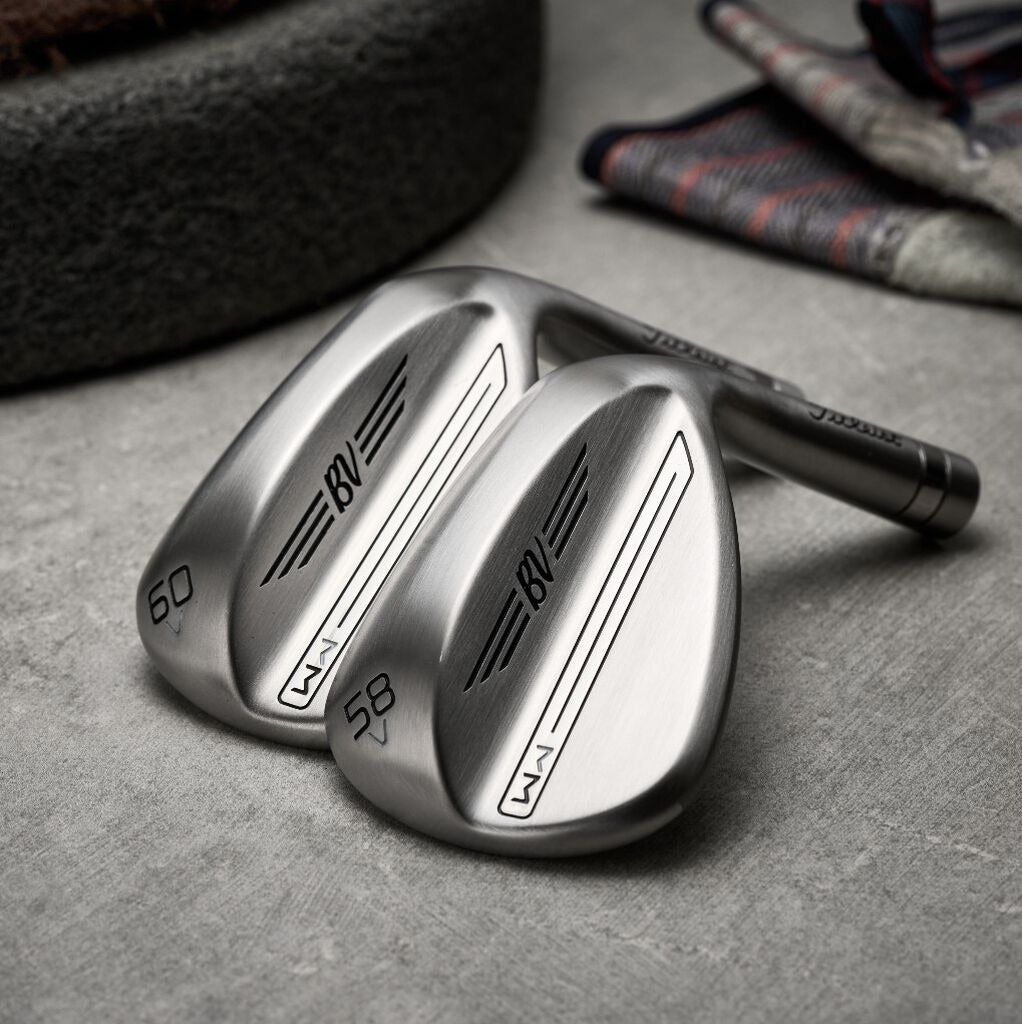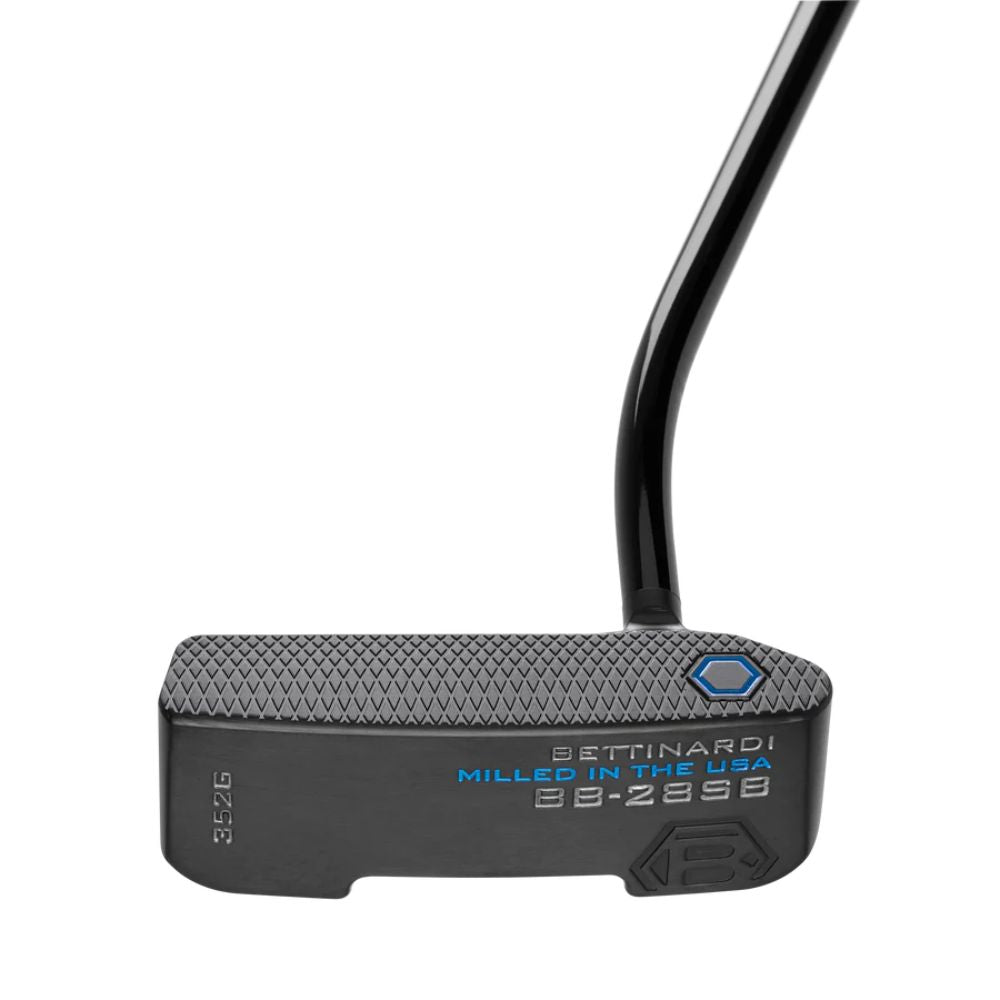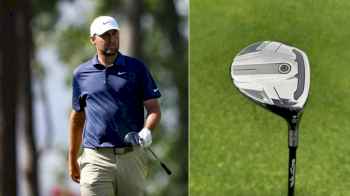I made the finals of my club championship. Here's how my gear helped me
You know that feeling when everything just seems to be going right on the golf course? What constitutes that feeling is different for everyone, but for me it means that pars come without stress and a few birdie putts fall here and there.
To be honest, I haven’t felt that feeling in a while (we’re talking four years or more) during competition, until this past weekend.
I went on a bit of a Cinderella run of sorts, having entered my club championship at my home club, the 1912 Club outside of Philadelphia, as a 2-handicap not even on our club’s top inter-club match team, and after five rounds in three days, winding up as one of the last two players standing in the final match. Ultimately, I fell in the championship match, but the fact that I even made it to the final four, where the other three golfers were very accomplished plus-handicaps, left me feeling quite accomplished myself.
While many factors allowed me to find some of the potential to play some of my best golf this weekend, there’s no doubt in my mind that much of it had to do with getting my gear optimized in a way it hadn’t been in a long time.
Through my job as GOLF’s gear editor, I’ve been lucky to get opportunities to test almost everything and I’ve learned a lot and how it applies to my game. While everyone is different, my goal is to help pass down what I learn to you to see if you can apply it to your games too.
Thus, here are the six ways my gear has helped my game this year and how it’s going to continue to help me improve and be the best golfer I can be.
1. Ignore the shaft marketing
I have written about most of these clubs and will link to those articles. For the driver, I haven’t yet, so we’ll go more in depth here!
When I started this job last summer, I knew the first item in my bag was a TaylorMade Stealth Plus driver with a Fujikura Ventus Black 6-X shaft in it. This was not a club I was specifically fit for, but as new drivers came out, I upgraded to this one with a shaft pulled from another and it worked better than anything else I had.
I loved this driver for a while actually. I’ve always thought TaylorMade drivers had the best shape and when I got this Stealth (which I customized with a blue face and white topline to match the look of the SIM2), I hit it great for a while. But two years later, my swing was different.
As it’s been explained to me, I have a very late, body release, where I drag the handle of the club through impact. That late release is key, as with a super stiff profile like Ventus Black, the shaft kicks and actually adds dynamic loft through impact. That means, to keep spin under control, I had to dial down my 9.0˚ lofted head to 7.5˚, and even then, my misses would occasionally touch the high 3000s or even 4000.
Fujikura Ventus TR Red Wood Shaft
View Product
Because I was struggling to time up the shaft, I also had an ugly two-way miss.
This is why it was suggested that I see Duane Anderson at the TaylorMade Kingdom. As part of the Qi35 launch this year, TaylorMade has a new shaft fitting methodology created by Duane to match someone’s release pattern and swing profile to the bend profile of the shaft.
It only took a few swings for Duane to hand me a Qi35 LS with a Ventus TR Red 6-X. The TR Red has the same handle section as the Black, which is great for someone who pulls hard on the handle like me to start the downswing, but then it has softer mid and butt sections, helping me time my release better.
With the softer profile, now the shaft kicks and deflects back, taking away dynamic loft. I don’t have to try to time up the shaft, it just naturally fits my swing. Yes, despite my being a very high ball hitter, I fit better into a “high-launch” shaft like TR Red than a “low-launch” one like Ventus Black.
This past weekend, I drove the ball brilliantly with the LS, set slightly open to help a right start line and with the heavy weight in the toe to get the CG behind my impact location. In five rounds, playing with seven different people, there was only one player who made me hit first.
2. Spin is your friend
I wrote about my mini driver experience earlier this summer and you can see that review here, so I won’t get too into the weeds here.
But my basic gist was that even though a mini driver doesn’t carry as far as the 3-wood I had been playing, the 3-wood was going to far and created some gapping issues in my bag. The mini driver spun more than the 3-wood, making it fit a better distance gap, and providing me far more control.
I rarely have shots where I need to fly something and hold a green from 265 yards, and the mini driver was clearly easier to hit off the tee, so I have firmly planted a TaylorMade R7 Quad Mini in my bag.
3. I’m not too good for a hybrid
A Ping G440 hybrid was one of the first new clubs that cemented itself in my golf bag. Right now, it alternates between a Titleist U505 3-iron (more on that below), depending on conditions and it wasn’t in the bag this past weekend, but both of those clubs have really improved my game.
My fitter at Ping, James Lee, helped me identify that I am extraordinarily sensitive to total weight more than swing weight. Thus we ended up in a 3-hybrid build with a 112 g Nippon Modus 3 GOST hybrid shaft to help me get the feel of my irons in a hybrid that I can hit straight up in the air and carry 240 yards.
Because of the weight of that shaft, I can also step on it, flight it down and hit it 250 or more. It wasn’t in the bag this past weekend, as I prepared to go overseas, but it’s been a huge weapon for me all year.
4. Irons fit with a purpose
When I was first fit by Titleist last winter, I wasn’t in love with the previous generation T100/T200 combo I was fit into, but I did like one difference compared to my gamers. They had weaker lofts.
When I came again to get fit to the new T-Series irons, my fitter, Louis Ranyard, wanted to go a step further. I had weakened my gamers to the spec of the T100s (34˚ 7-iron), but we went two degrees weak on the new T100 (35˚ 7-iron) and the results were shocking.
My launch angle went down and my spin and peak height went up because I was reacting to the loft by covering the ball better. We also went with a T150 5-iron and T250 4-iron with a consistent 4-degree loft gapping to achieve the proper ball speed windows. I had used a combo set before, but never before had I figured out the exact set for such a purpose.
The result was that every club in the bag now peaked at 120 feet and I was consistently landing the ball at 52 degrees. That meant I could now can stop the ball on a granite table if I wanted to.
That even goes for my U505 3-iron, which was called upon a lot this weekend, can fly nearly as high as the hybrid.
What that meant was I’m now able to fly the ball all the way to pin and stop there, or even take it past the pin and bring it back, meaning I can be more aggressive to front pins with less fear of missing short, or back pins with less fear of it bouncing long.
You can read my full reviews of the new Titleist T-Series irons and utilities from earlier this month for more of my insights.
5. My first ever wedge fitting
One of the coolest fitting experiences I’ve had so far in this job is a blind grind test at TPI to find the right Vokey lob and sand wedges for me.
Without knowing at all what I was hitting, my fitter, Hunter Brown, was able to identify through sound, turf interaction and my own feedback which wedge would be the best for me.
It’s experience that really taught me a lot about how I use a wedge and how I can use the sole of my wedge to my advantage to catch those low spinners and have superior control around the greens.
My Vokey V-grind lob wedge and F-grind sand wedge were key, as they are always, this weekend as I set several clutch pitch shots around the greens to help me close out my matches.
6. A putter fit for me, not to me
I think Bettinardi’s Studio B Lead Hive Concierge Tom Sopic had maybe one of his quickest and easiest putter fittings ever with me.
I came in thinking I had a strong arc stroke and required a lot of toe flow, like the putter I had been gaming. Nope!
Turns out I had a pendulum stroke and needed very little toe hang, but a putter with similar sharp angles and 3/4 shaft of offset. I ended up in the Bettinardi BB28 and for the first four rounds, I putted lights out and made nearly everything I looked at.
The putter went cold in the final match, but that’s just somehow how it happens. That was me, not the putter for sure.
Bonus: Speed training
Speed Sticks Pro (NEW!)
View Product
I have yet to write about my experience with the new Speed Sticks Pro, but I’d be remiss not to think my speed and consistency has nothing to do with the training routine.
Expect to hear more about my results with the Speed Sticks training this fall, but so far, I’ve gone from around 112-115 mph club head speed to 116-120 after recently completing the overspeed cycle 1. My ball speed has gone from the high 160s to the mid 170s too.
But I won’t give too much away on that now. Until then, let’s get into my official WITB!
Jack Hirsh’s clubs at the 1912 Club Club Championship
*I switch between the 3-hybrid and 3-iron
Driver: TaylorMade Qi35 LS 9.0 @ 8.25˚ (FCT Setting: 1 click lower; TAS: 13 g weight toe, 3 g weight heel and rear)
Shaft: Fujikura Ventus TR Red 6-X (45.5″, D4)
TaylorMade Qi35 LS Custom Driver
View Product
Fujikura Ventus TR Red Wood Shaft
View Product
Mini Driver: TaylorMade R7 Quad Mini 13.5 @ 12.75˚ (FCT Setting: 1 click lower; TAS: 7 g weight toe, 4 g weight heel, 13 g and 10 g weights rear)
Shaft: Fujikura Ventus TR Blue 7-X (42.75″, D4)
TaylorMade R7 Quad Custom Mini Driver
View Product
3-Hybrid: Ping G440 20˚
Shaft: Nippon NS.PRO Modus3 Hybrid TX (40.25″, D4)
PING G440 Custom Hybrid
View Product
Utility Iron: Titleist U505 3-iron 20˚ (59˚ lie)
Shaft: Project X HZURDUS 80 HY 6.5 (39.375″, D4)
Titleist U505 Custom Driving Iron
View Product
Irons: Titleist T250 (4), T150 (5), T100 (6-9)
Shaft: Project X 6.5 (Length: +.25″, Lie: 2 degrees flat)
Loft Progression: 23/27/31/35/39/43
Titleist 2025 T100 Custom Irons
View Product
Wedges: Titleist Vokey SM10 (46.10F, 50.12F, 54.14F @ 55), WedgeWorks (60V)
Shaft: Project X 6.5 (46), True Temper Dynamic Gold Tour Issue S400 (50, 55, 60)
Titleist Vokey WedgeWorks SM10 V Grind Custom Wedge
View Product
Putter: Bettinardi BB28 (Loft 4˚, Lie 67˚), Fly mill face, 35 1/2″ EOG, Golf Pride Reverse Taper Small Pistol
Bettinardi BB28 Slotback Putter with Disc and Hat Bundle
View Product
Grip: Pure Combo Blue
Ball: 2025 Titleist Pro V1
Want to overhaul your bag for 2025? Find a club-fitting location near you at True Spec Golf.
The post I made the finals of my club championship. Here’s how my gear helped me appeared first on Golf.

